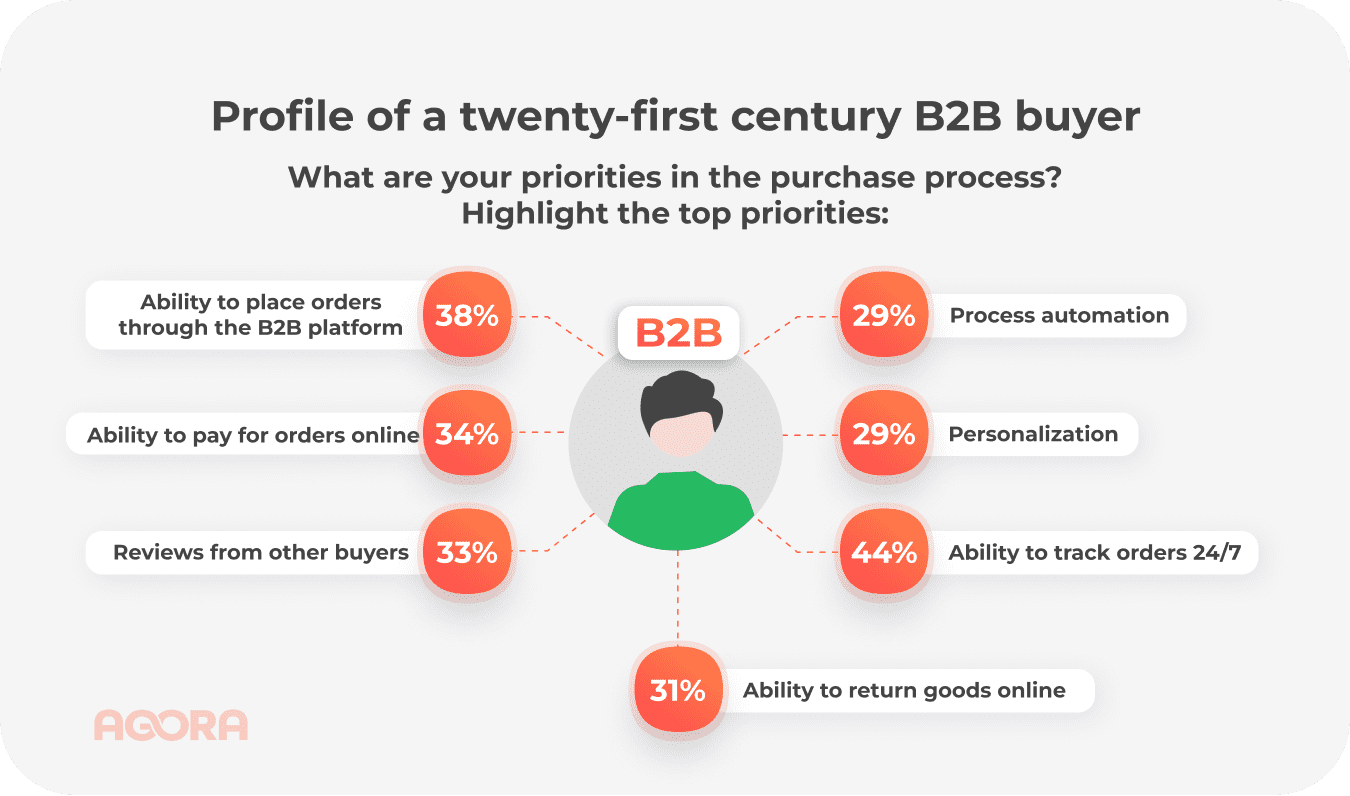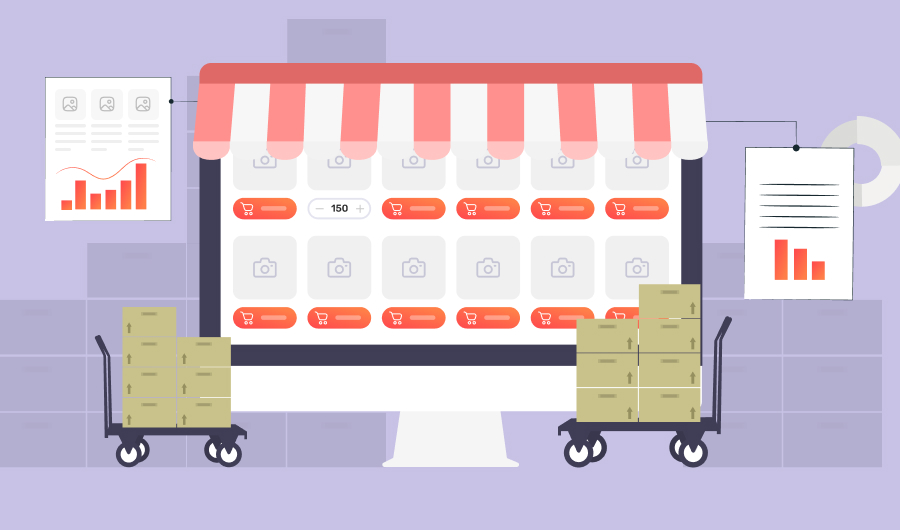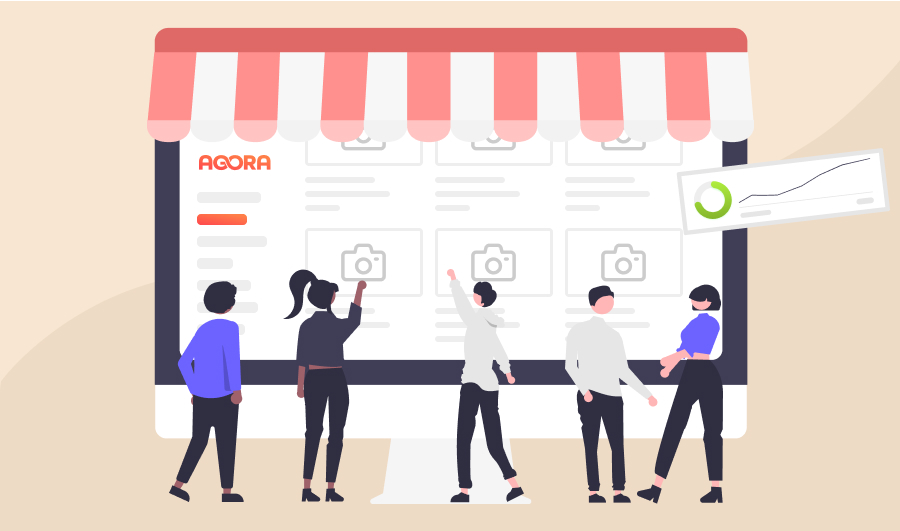
B2B customer profile: how to create, examples and statistics
Not so long ago one could find significant differences only between B2C and B2B clients. However, global digitalization forced some adjustments. As a result, B2B clients have changed their needs in 2022.
Hardly had CEOs and marketers gotten used to certain models of building up a portrait and segmenting the target audience, when they were replaced by a new generation of wholesale buyers. They tend to think differently, while their basic needs are gradually becoming more and more intertwined with digital innovations. Let us consider the distinguishing characteristics of modern B2B clients.
Let me introduce you: here is your twenty-first century B2B client

When living and working in an environment of information and online technologies, B2B customers make purchase decisions in a completely different way than in 2005, not to mention 1995-1997.
There are many factors simultaneously influencing the interest and transactions (purchases). It has been a while since the list stopped to be limited to the optimal price-quality ratio, it now includes priority parameters, such as convenience and speed of the purchase.
Nowadays, a reliable example of a B2B client can be built up on the basis of statistics. A survey conducted in 2022 among 1.250 b2b clients revealed interesting results. The main criteria that B2B customers tend to use while choosing a new supplier are: the ability to track online orders (44%), to place orders via a convenient catalog and online sales portal (38%), and to manage returned items online (31%).

One can satisfy the need for convenience and high operation speed using an online platform that covers all the requirements mentioned above. For instance, a B2B portal based on the platform AGORAB2B allows customers to make online orders 24/7, easily manage their customized personal accounts, make returns and track the status of all transactions in real time. At the same time, nowadays marketplaces make it possible to connect thousands of suppliers and potential customers, and modern b2b customers appreciate all the benefits provided by automatization of wholesale trade.
Customer profile: how to build up a picture of a customer in three simple steps
Step 1. Segmentation of the target audience
What main segment and subsegment are part of our company’s interests?
Example: B2B companies involved in FMCG sales through a dealer network and having massive warehouses. There can be a subsegment of this group which is represented by firms aiming at offline trading through established business contacts, or companies promoting and selling a product mainly employing online methods. These are thus different subsegments of one segment. Therefore, the way of approaching these clients should also differ.
Step 2. Who is our client?
In order to find out, answer the following questions:
- What does the company of a potential client do? What are its goals?
- Where are the offices of this company located?
- How many workers are employed in this enterprise?
- What is the range of the company’s approximate annual income?
- Who is the head of the company (is it the top manager, or other counterparty making cooperation decisions)?
- What product or service might be of his or her interest?
- What are the development goals set by the head of the company? What business strategy is pursued?
Example: there may be a B2B corporate client with the main goal of saving as many resources as possible and building an “empire” at minimal cost among your target audience.
If you offer a costly solution, nothing will persuade the client. What is the problem then? It means that you have simply met the wrong target customer. In this case, you can suggest an analog at a more affordable price (which is not always economically reasonable). It would be more efficient to redirect valuable resources to a more suitable client. Thus, you will save your nerves and time, and you won’t lose potential income instead of processing an eventually worthless transaction.
Step 3. Revealing shortcomings and needs
This step of analysis will depend on the special characteristics of the b2b client portrait built up at the first and second stages. Thus, the needs of a wholesale buyer will be substantially different from the requests of a client in the niche of digital online solutions, while the shortcomings relevant for a large industrial sector won’t be important for an enterprise selling goods for organization of special events. To put it simply, you should try to put yourself in the shoes of the other side, and you will see many things that are obvious to you (as a seller) from another perspective, which, in turn, will provide you with an opportunity to conduct a deeper analysis of your product and ways of its promotion.
Once you have worked on the profile of a B2B client and realized all his or her motives, shortcomings and business aspirations, you can start building your customer base. But this time you will be well-prepared, having extensive knowledge about the goals of your target audience. You will be able to prepare a safe offer with no risk of loss based on real needs and values of the counterparty in advance. As known, a correctly presented value generates high market demand.
Also read


